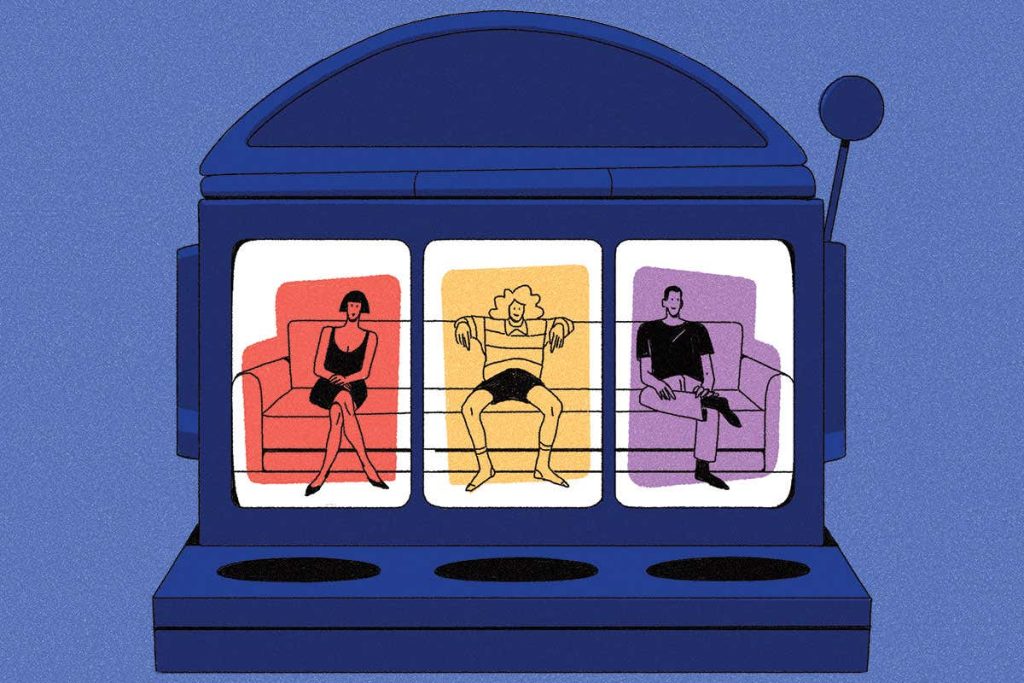FACEBOOK users used to have a lot more friends. The social networking site pursues a commercial strategy of trying to persuade people to “friend” as many others as possible. However, sometime around 2007, users began to question who all these people they had befriended were. Then, someone pointed out that we can only manage around 150 relationships at any time. A flurry of “friend” culling followed and, since then, the number 150 has been known as “Dunbar’s number”. Thank you Facebook!
Modern technology may have brought me notoriety, but Dunbar’s number is rooted in evolutionary biology. Although humans are a highly social species, juggling relationships isn’t easy and, like other primates, the size of our social network is constrained by brain size. Two decades ago, my research revealed that this means we cannot meaningfully engage with more than about 150 others. No matter how gregarious you are, that is your limit. In this, we are all alike. However, more recent research on friendship has uncovered some fascinating individual differences.
My colleagues and I have made eye-opening discoveries about how much time people spend cultivating various members of their social networks, how friendships form and dissolve and what we are looking for in our friends. What has really surprised us is that each person has a unique “social fingerprint” – an idiosyncratic way in which they allocate their social effort. This pattern is quite impervious to who is in your friendship circle at any given time. It does, however, reveal quite a lot about your own identity – and could even be influencing how well you are coping with social restrictions …

